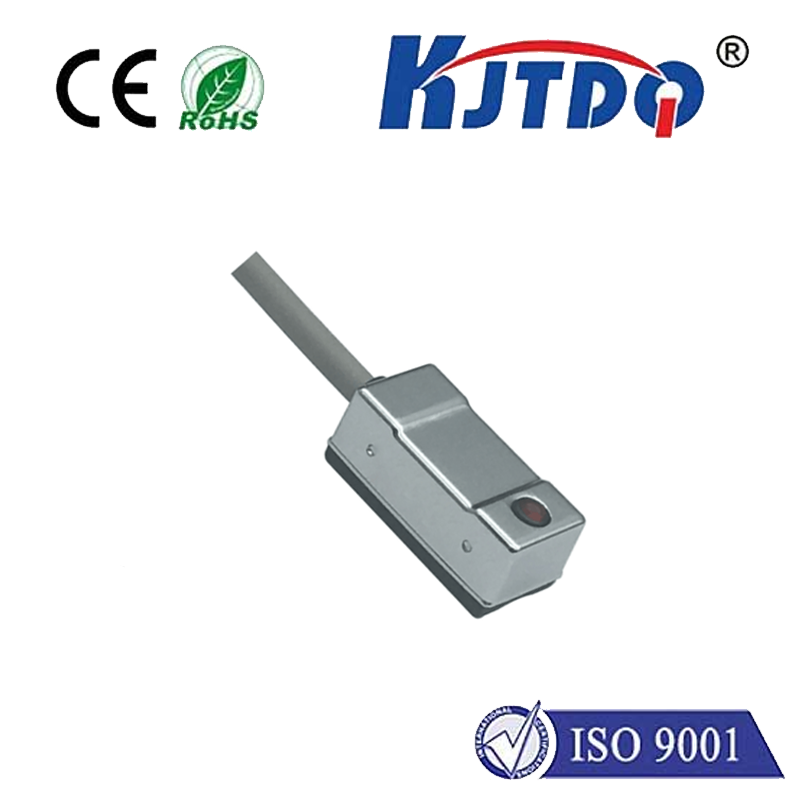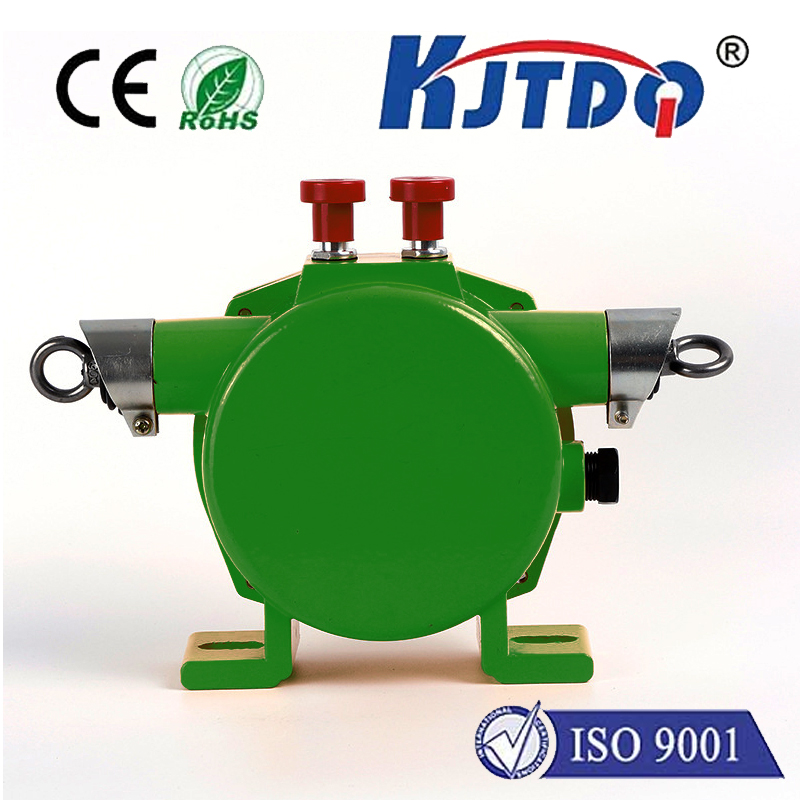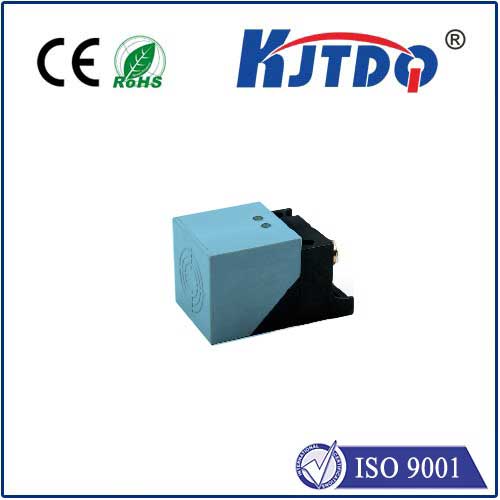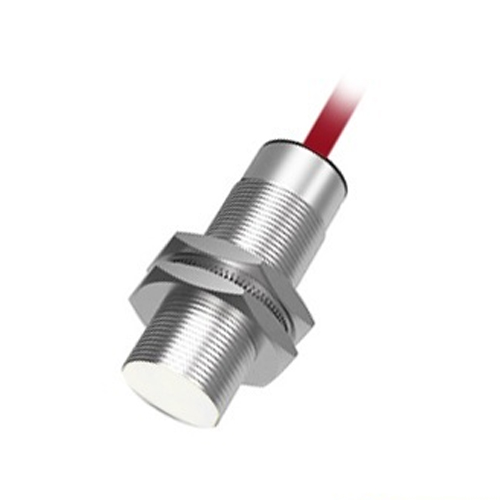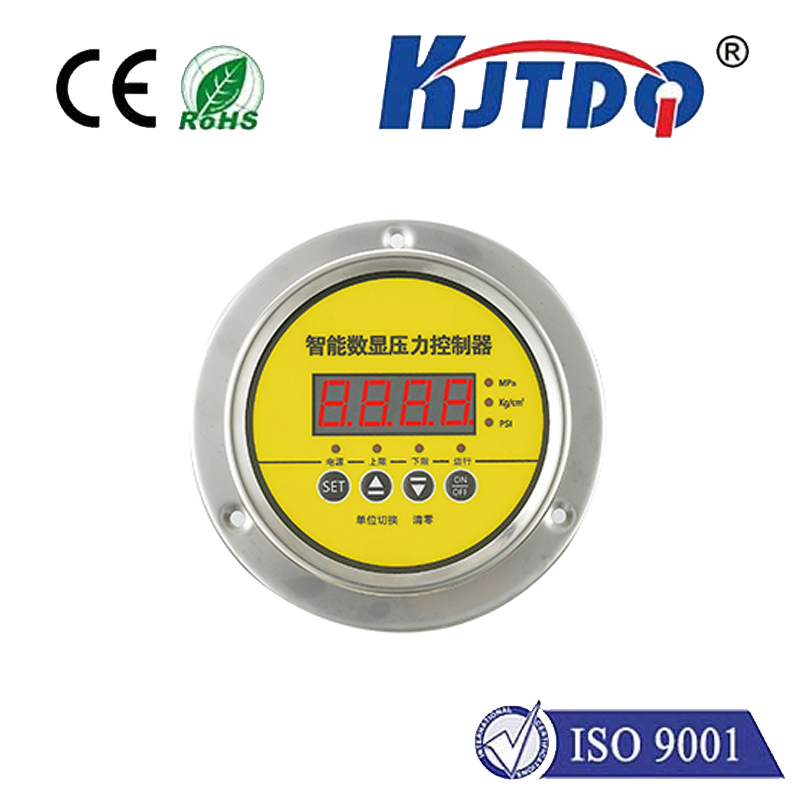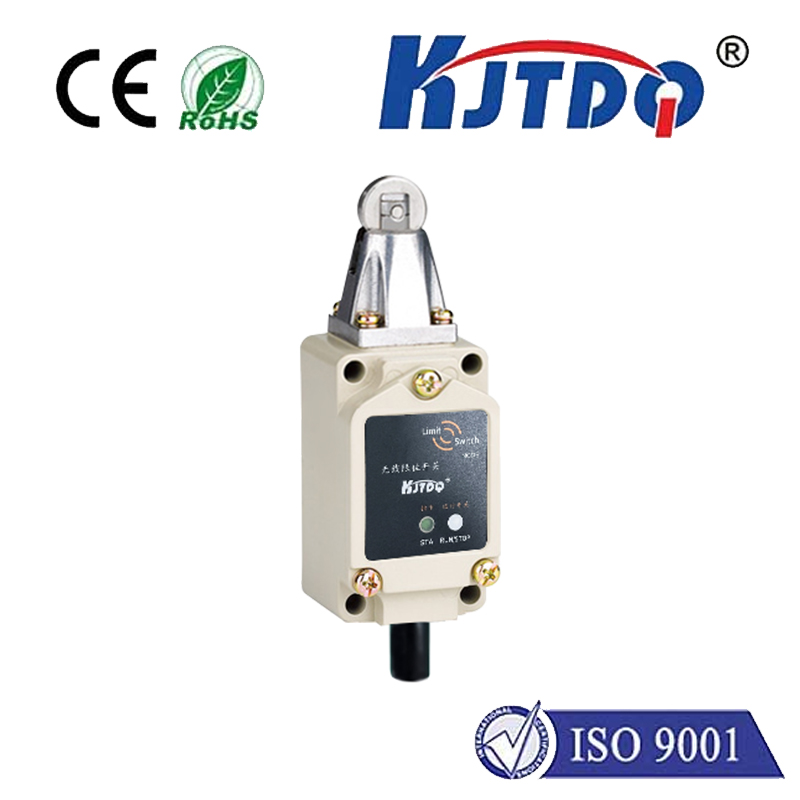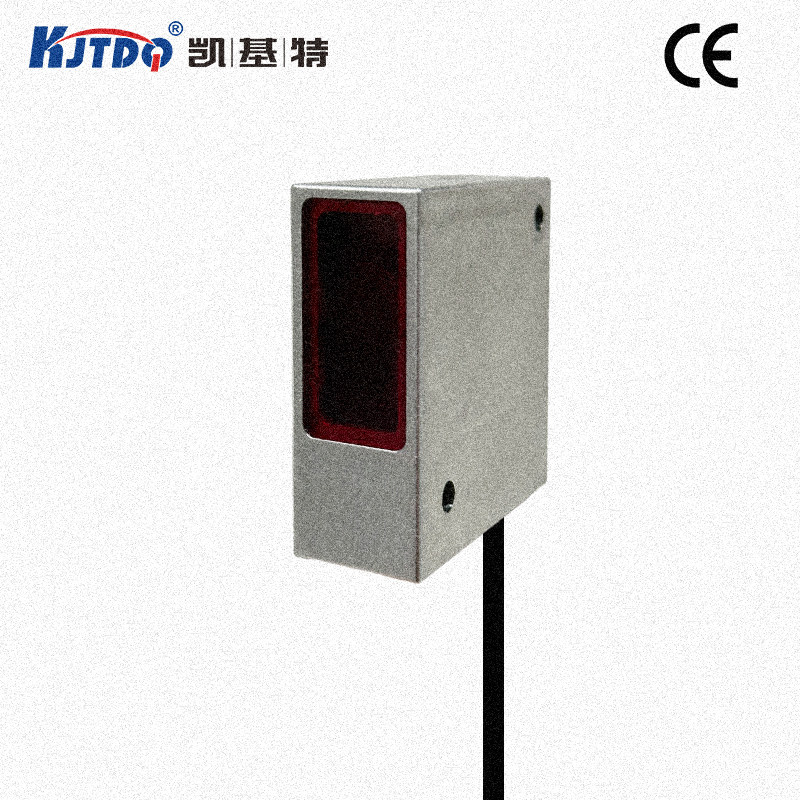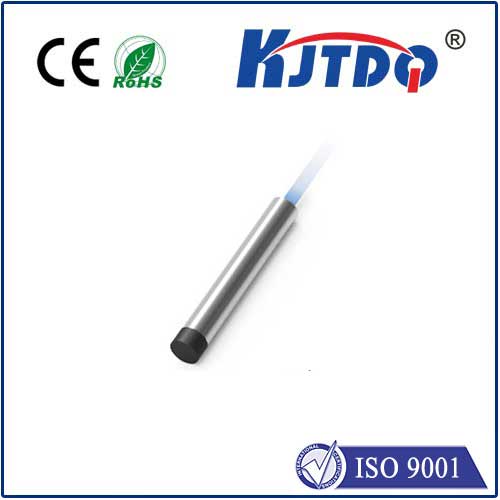pnp or npn proximity sensor
- time:2025-09-07 05:05:19
- Нажмите:0
PNP vs NPN Proximity Sensors: Mastering Sinking and Sourcing for Robust Automation
Imagine a high-speed production line bottling beverages. Thousands of containers zip past, each needing precise filling, capping, and labeling. Missing just one bottle could mean costly spillage, jams, or defective products. The silent sentinels ensuring flawless operation? Proximity sensors. But not all proximity sensors are created equal, especially when it comes to their electrical language. Choosing between ПНП and NPN proximity sensors is a fundamental decision impacting system design, safety, and performance. Understanding the critical difference – sourcing vs. sinking – is paramount for anyone designing, installing, or maintaining automated systems.
The Core Function: Detection Without Touch
Proximity sensors, fundamentally, detect the presence or absence of a target object within a specific range without physical contact. They achieve this magical feat using different principles:
- Inductive Proximity Sensors: Detect metallic objects using electromagnetic fields. Ideal for robust industrial environments.
- Capacitive Proximity Sensors: Detect a much wider range of materials (metals, plastics, liquids, wood) by sensing changes in capacitance. Perfect for level detection or non-metal object sensing.
- Ultrasonic Proximity Sensors: Use sound waves to detect objects and measure distance. Excellent for presence detection in dusty or foggy conditions.
- Photoelectric Sensors: Utilize light beams (visible, infrared, laser) to detect objects. Highly versatile for long-range or precise positioning.
Regardless of the technology, the sensor needs to reliably signal its detection state (target present/target absent) to a controller like a PLC (Programmable Logic Controller). This is where the PNP vs NPN distinction becomes crucial. It defines how the sensor interacts with the PLC’s input circuitry.

The Electrical Heart: Understanding Sinking and Sourcing
The PNP/NPN designation refers to the type of output transistor used inside the sensor. This transistor acts like an electronic switch, controlling the flow of current to the PLC input. The key concepts are sinking and sourcing:
- PNP Proximity Sensor (Sourcing Output):
- This sensor provides the positive voltage (+V, often 24V DC) to the load (the PLC input) when activated.
- Think of it as sourcingВот.positive supply to the load’s input point.
- Internal Structure: Uses a PNP transistor. When the sensor detects a target, the transistor switches on, connecting the load (PLC input) to the positive supply rail (+V). The PLC input must be connected to the common negative (0V) to complete the circuit.
- Wiring: Typically has three wires: Brown (+V), Blue (0V), Black (Output). The Black wire outputs +V when active.
- NPN Proximity Sensor (Sinking Output):
- This sensor provides a path to the negative voltage (0V) for the load (the PLC input) when activated.
- Think of it as sinking the current from the load to ground (0V).
- Internal Structure: Uses an NPN transistor. When the sensor detects a target, the transistor switches on, connecting the load (PLC input) to the negative supply rail (0V). The PLC input must be connected to the positive supply (+V) to complete the circuit.
- Wiring: Typically has three wires: Brown (+V), Blue (0V), Black (Output). The Black wire connects to 0V when active.
The Showdown: PNP vs NPN - Key Differences
| Особенности |
PNP (Sourcing) |
NPN (Sinking) |
| Output Action |
Switches +V to Load |
Switches Load to 0V |
| Current Flow |
From Sensor Output → PLC Input → 0V |
From +V → PLC Input → Sensor Output → 0V |
| Common Usage |
More common in Europe/Asia |
More common historically in US/Japan |
| PLC Input Type |
Requires Sinking Input |
Requires Sourcing Input |
Here’s the critical rule: The type of proximity sensor (PNP/NPN) must match the type of PLC input circuitry (Sinking/Sourcing) for the circuit to function correctly.
- PNP Sensor (Sourcing) + PLC Sinking Input = Works.
- NPN Sensor (Sinking) + PLC Sourcing Input = Works.
- Mismatched combinations (e.g., PNP sensor trying to drive a PLC sourcing input) will not work and can potentially damage devices.
Why the Distinction Matters: Choosing the Right Sensor
Selecting between ПНП and НС isn’t just about electrical compatibility; it influences system design and safety:
- System Safety Logic: Safety circuits often rely on “Safe State” principles. If a wire breaks, should the signal default to ON or OFF? NPN sensors (sinking) naturally default to an “OFF” (open circuit) state if the output wire is cut, as the path to 0V is broken. This can be advantageous for certain safety-critical “stop” signals where an open circuit needs to indicate a fault or stop condition. PNP sensors default to an “OFF” state only if the load connection is broken, not necessarily the sensor output wire itself. Careful circuit design is crucial for safety. Always consult safety standards (e.g., IEC 61508, ISO 13849) for critical applications.
- Existing Infrastructure: Often, the choice is dictated by the existing PLC model and its predominant input type within a facility to maintain consistency.
- Regional Preferences: Historical regional preferences exist, though modern PLCs often support both input types, making PNP vs NPN choice more flexible based on other factors.
- Multi-Device Interfacing: When connecting multiple sensors to a single PLC input (e.g., in series for safety gates), the choice of PNP or NPN becomes critical to ensure correct logical operation (series typically requires all sensors to be the same type, often PNP for a common positive “enable” logic).
- Electrical Noise: In electrically noisy environments, the choice can sometimes influence susceptibility, though proper grounding and shielding are usually more significant factors than the inherent PNP/NPN type.
Inductive Sensor Specifics: A Workhorse Application
Inductive proximity sensors are arguably the most common type where the PNP/NPN choice is frequently encountered. Loved for their durability, resistance to dirt and moisture, and ability to detect ferrous metals reliably, they are industrial staples. Whether you need an inductive PNP proximity sensor for a European machine or an inductive NPN proximity sensor for retrofitting an older North American system, confirming the required output type is essential before installation. Remember, inductive sensors only detect metals, so the target material is another key selection criterion beside the PNP/NPN designation.
Practical Wiring & Implementation Tips
- Always Consult Datasheets: Never assume the wire colors – always refer to the specific sensor’s datasheet. While Brown(+V)/Blue(0V)/Black(Output) is common, variations exist.
- Confirm PLC Input Type: Know if your PLC input module requires sourcing (PNP) or sinking (NPN) signals.
- **Common Ground (

